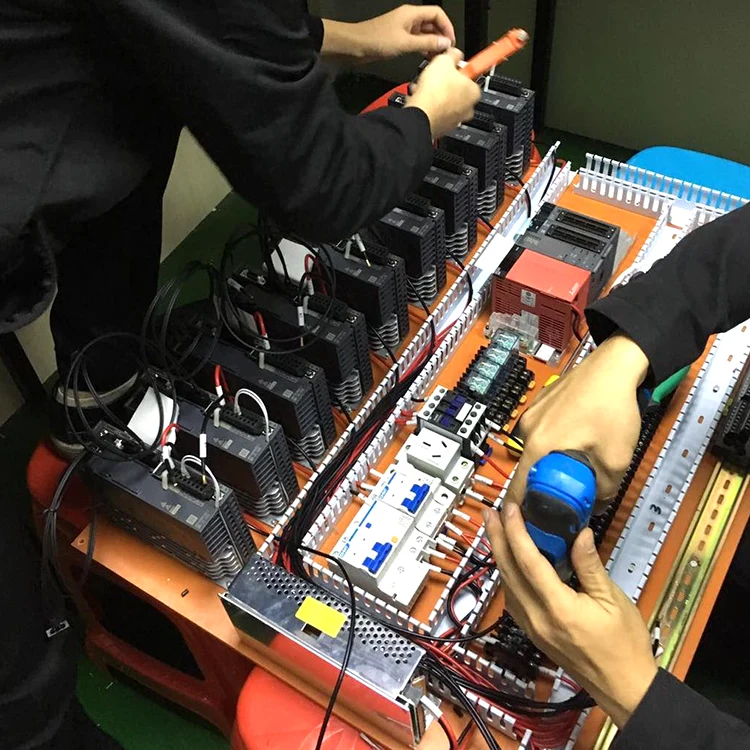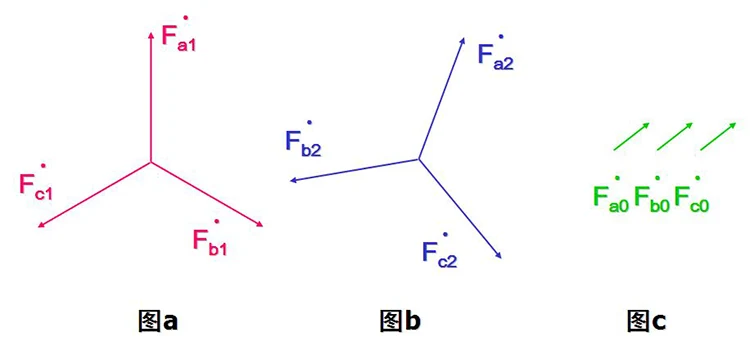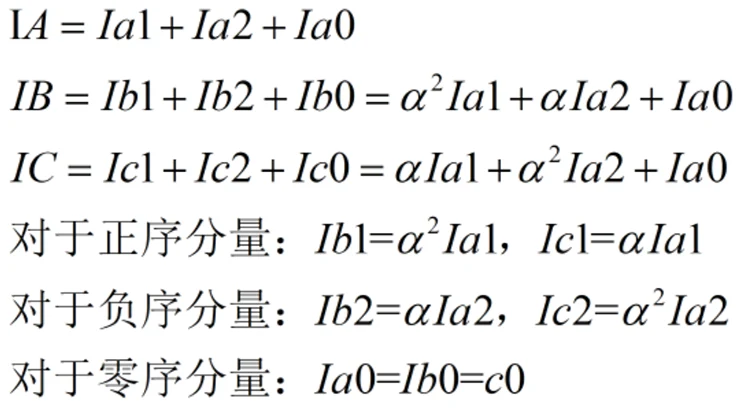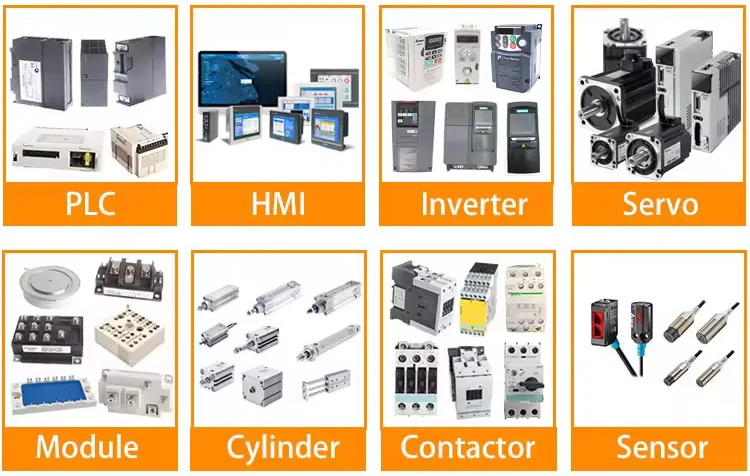Technical Analysis: Applications of Zero-sequence Current, Symmetrical Components Analysis, and Positive- and Negative-sequence Impedances in Power Systems

In the operation and fault analysis of power systems, techniques like Symmetrical Components Analysis, zero-sequence current, and positive- and negative-sequence impedances play a crucial role. These concepts provide power system engineers with valuable tools for in-depth analysis and problem-solving, while also ensuring the safe and efficient operation of power systems. This article will elaborate on these concepts and incorporate practical application cases to help readers better understand their significance and value.
I. Applications of Symmetrical Components Analysis
Symmetrical Components Analysis is a commonly used method in power system analysis. Its fundamental principle involves decomposing a set of asymmetric electrical quantities (such as voltage and current) into three symmetric components: positive-sequence, negative-sequence, and zero-sequence components. This decomposition aids in a better understanding and analysis of asymmetric phenomena in power systems.
In three-phase circuits, when faults occur, such as shorts or breaks, the three-phase currents may become unbalanced. In such cases, we can apply Symmetrical Components Analysis to decompose each current into three symmetric components, facilitating a more thorough analysis of the fault’s nature and location.
II. Characteristics and Applications of Zero-sequence Current
Zero-sequence current refers to the current component that arises when the vector sum of three-phase currents in a three-phase four-wire system is non-zero. It possesses unique properties, where the three components are equal in magnitude and have the same phase. In power systems, zero-sequence current is often utilized for fault detection and protection.
For example, in grounding faults, zero-sequence current significantly increases. By monitoring the magnitude of zero-sequence current, we can promptly detect grounding faults and initiate appropriate protective measures. Furthermore, zero-sequence current is also related to high-frequency components such as third harmonics, which are essential for harmonic suppression and filter design in power systems.
It is worth mentioning that the configuration and setting of zero-sequence protection are intricate yet vital aspects in power systems. In systems with neutral grounding through small resistors, when a single-phase grounding fault occurs, the zero-sequence current increases. As a result, additional zero-sequence protection configurations can be implemented, tripping the protection to safeguard the system from further damage. This protective strategy not only enhances the safety of power systems but also ensures the rapid localization and elimination of faults.
According to recent research, when a single-phase grounding fault occurs in a resonant grounded power grid, the current flowing through the fault point comprises both active and reactive components of the fundamental zero-sequence current. This discovery provides us with a more sophisticated tool for analyzing grounding faults, enabling us to more accurately determine the nature and location of the fault.
III. Comparison of Positive- and Negative-sequence Impedances
In power systems, positive-sequence impedance and negative-sequence impedance describe the impedance capabilities of a line with respect to positive-sequence and negative-sequence currents. Positive-sequence impedance refers to the impedance of a line to positive-sequence currents, while negative-sequence impedance refers to the impedance of a line to negative-sequence currents.
In most cases, the positive-sequence impedance and negative-sequence impedance of a line are equal. This is because the line’s structure and materials have the same impact on positive-sequence and negative-sequence currents. However, in specific situations, such as the presence of unbalanced loads or faults, differences may arise between positive-sequence impedance and negative-sequence impedance.
 Understanding the differences between positive-sequence impedance and negative-sequence impedance is crucial for the stable operation and fault analysis of power systems. For instance, in protection configuration and settings, we need to consider these differences to ensure the accuracy and reliability of protective devices.
Understanding the differences between positive-sequence impedance and negative-sequence impedance is crucial for the stable operation and fault analysis of power systems. For instance, in protection configuration and settings, we need to consider these differences to ensure the accuracy and reliability of protective devices.
IV. Conclusion
Symmetrical Components Analysis, zero-sequence current, and positive- and negative-sequence impedances are essential technical parameters in power systems. By gaining a deep understanding of these concepts and their characteristics, combined with practical application cases, we can better address complex issues and troubleshoot technical faults in power systems. In the operation and maintenance of power systems, we must leverage these technical tools to ensure the safe, efficient, and stable operation of power systems.
If any further question, please feel free to contact us!
Skype/Wechat: WOOLARS
Email:
al**@wo*****.com
Please click the Live Chat ↘button on the lower right corner to talk to us.
Or Click>>>Leave message

